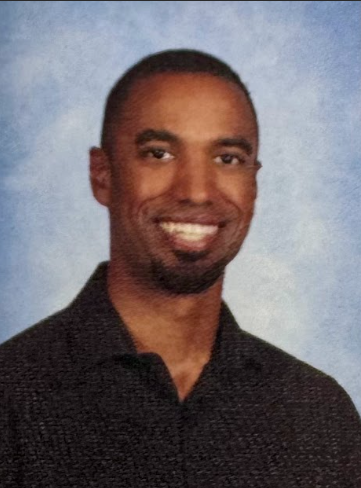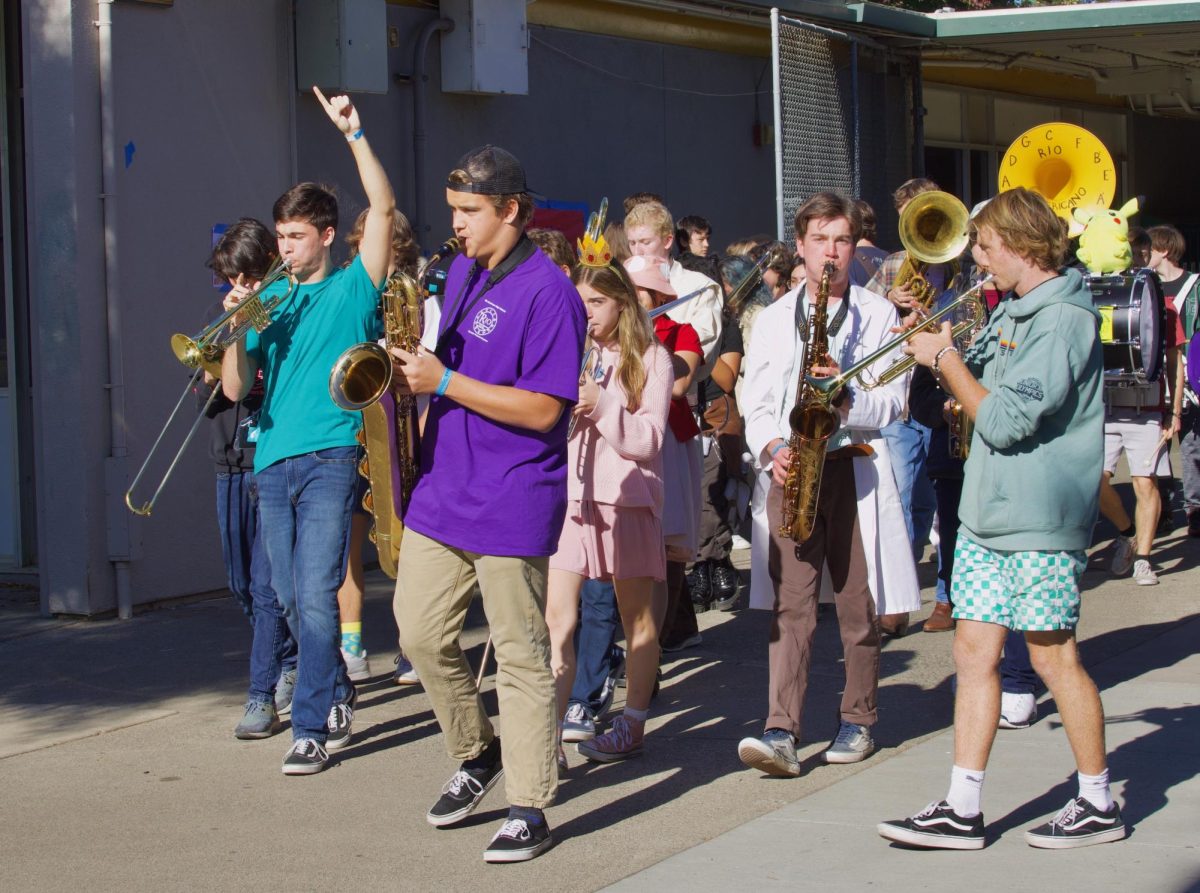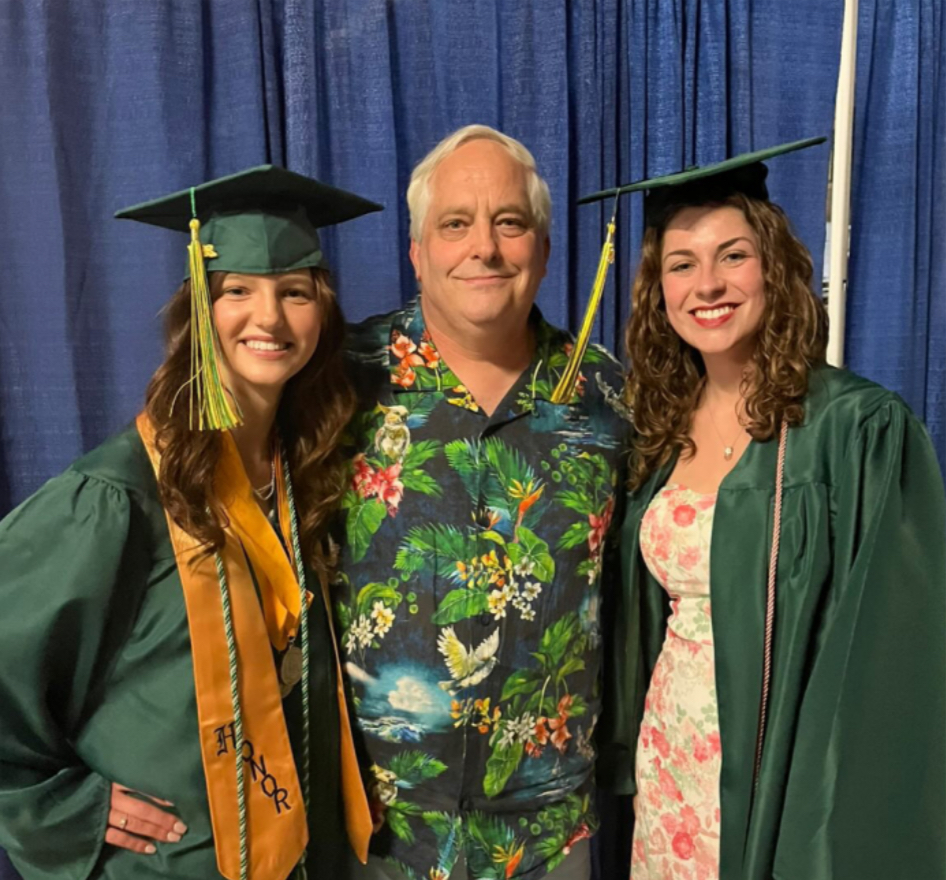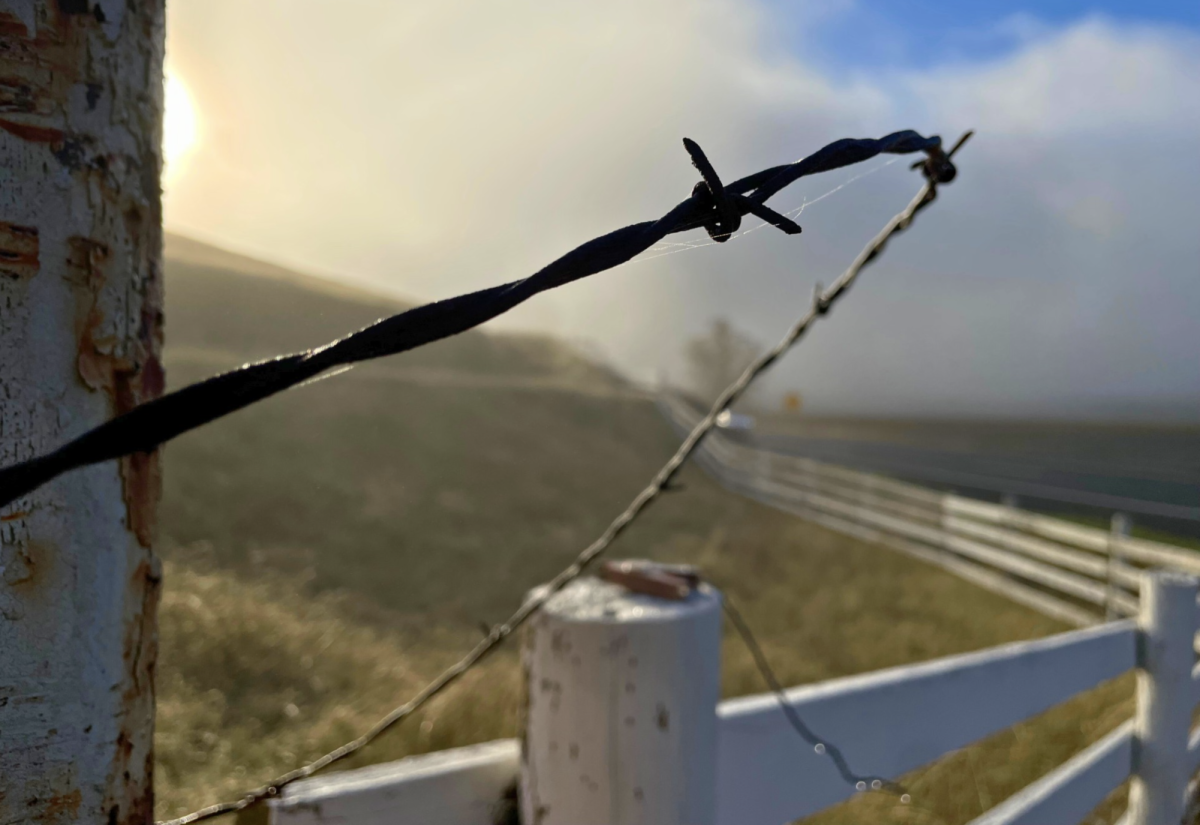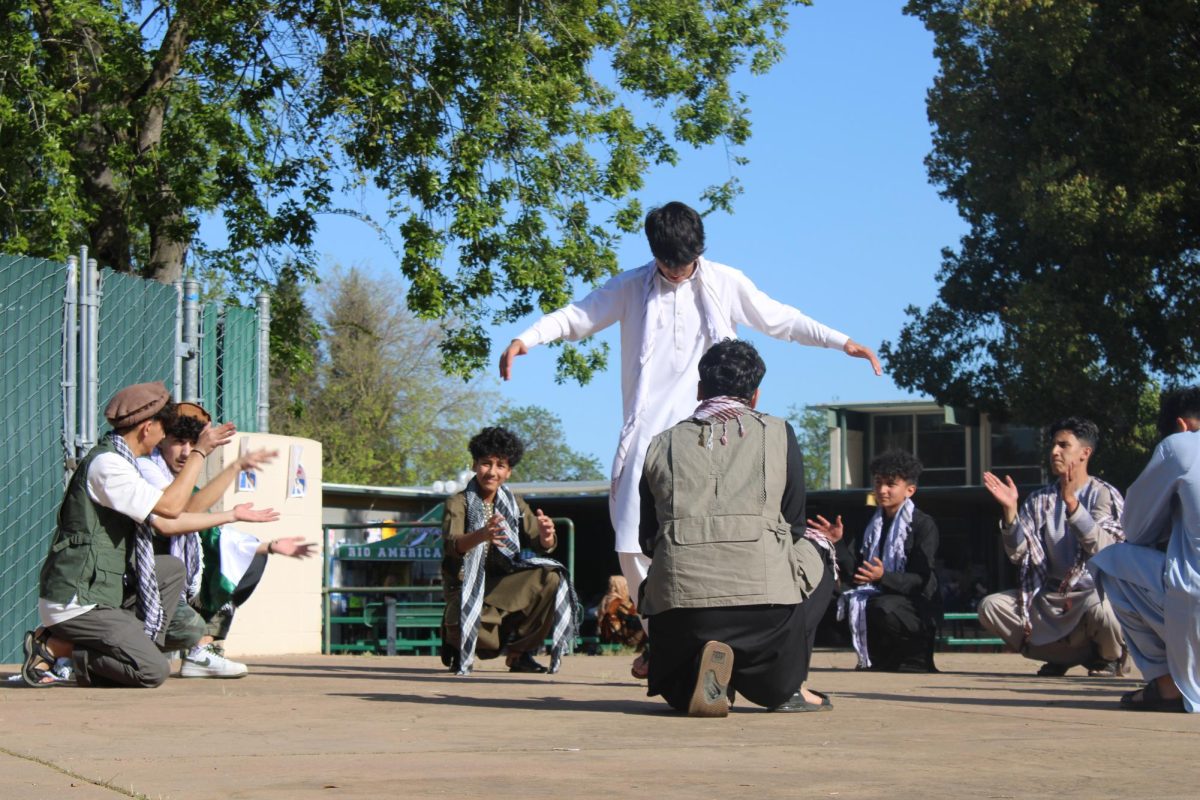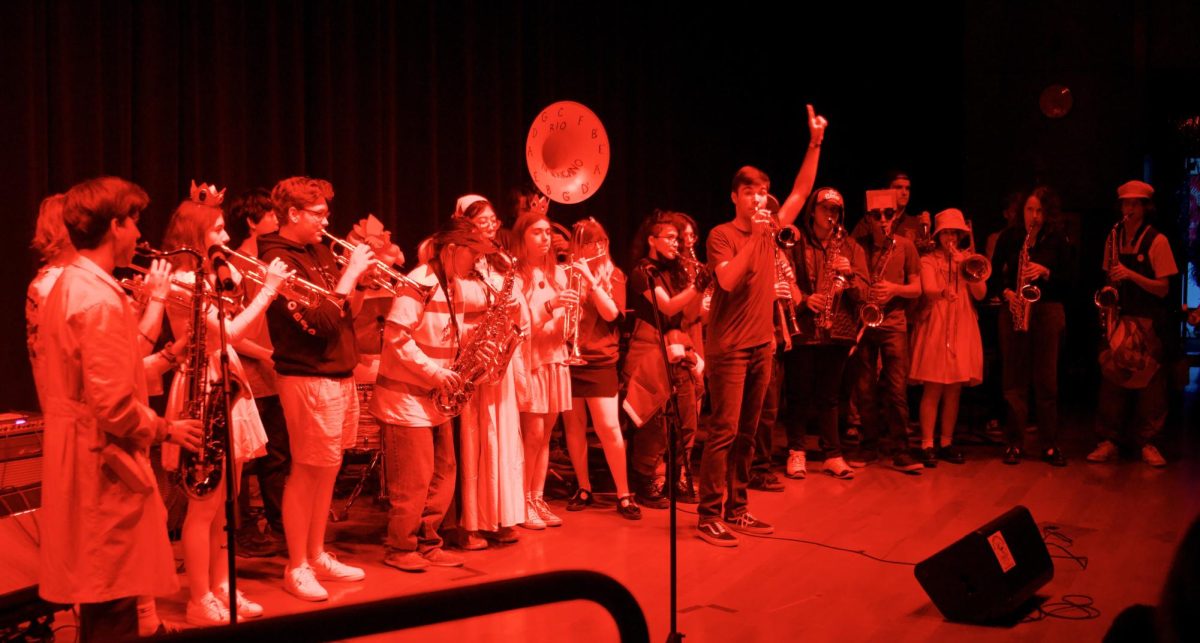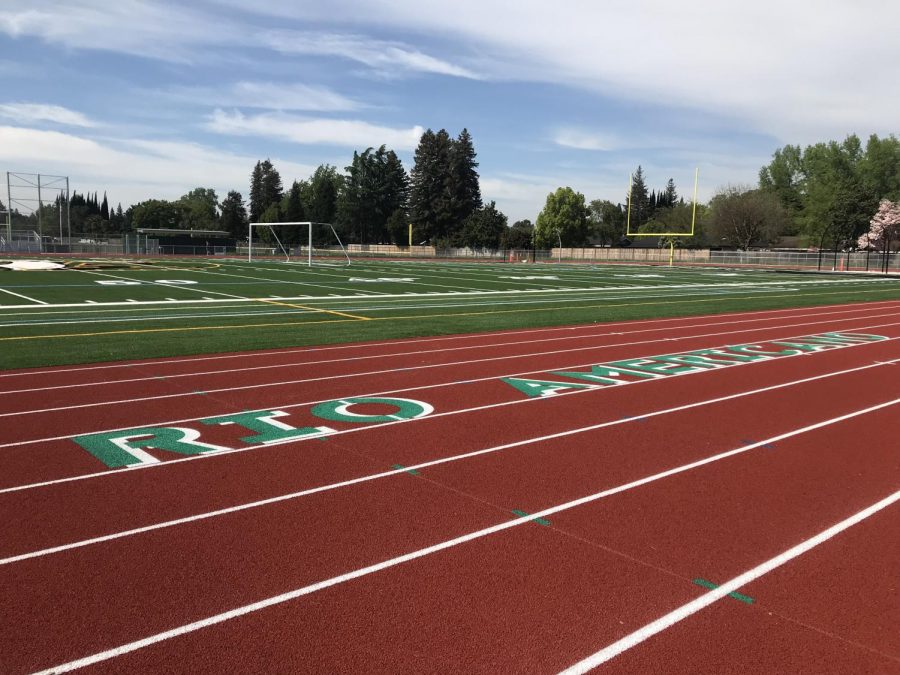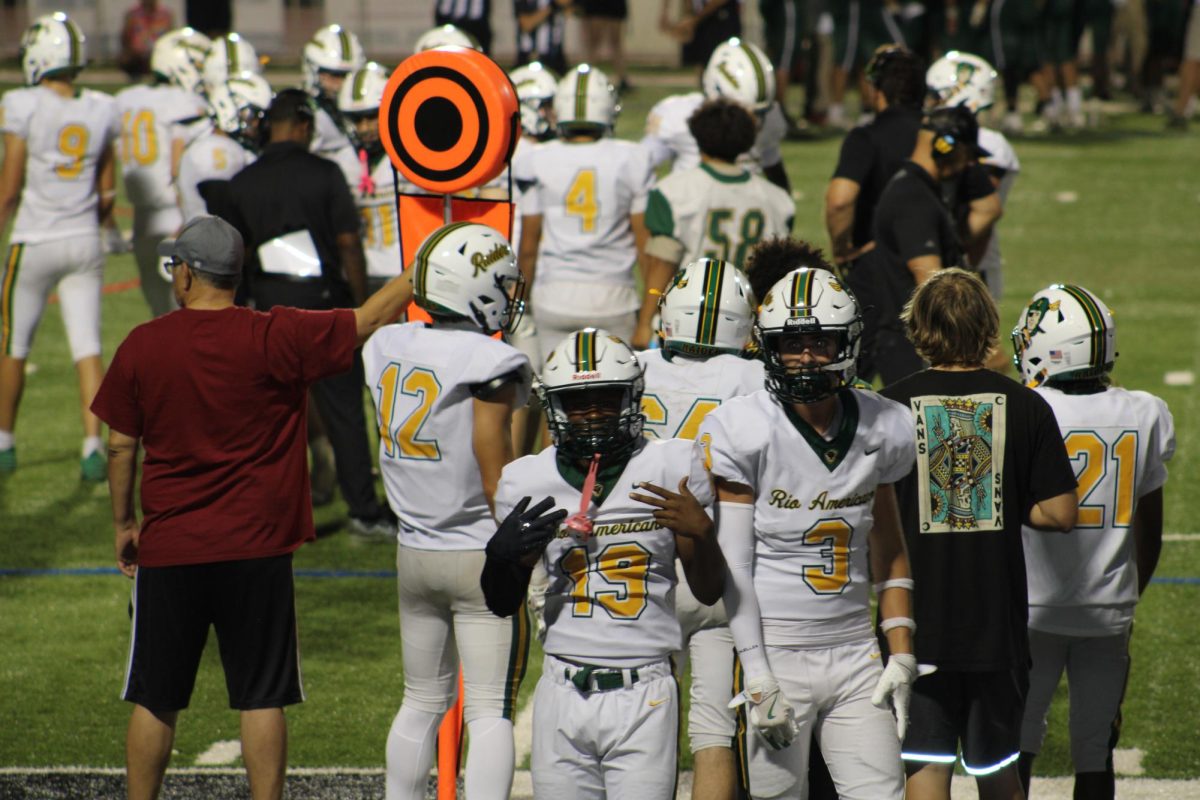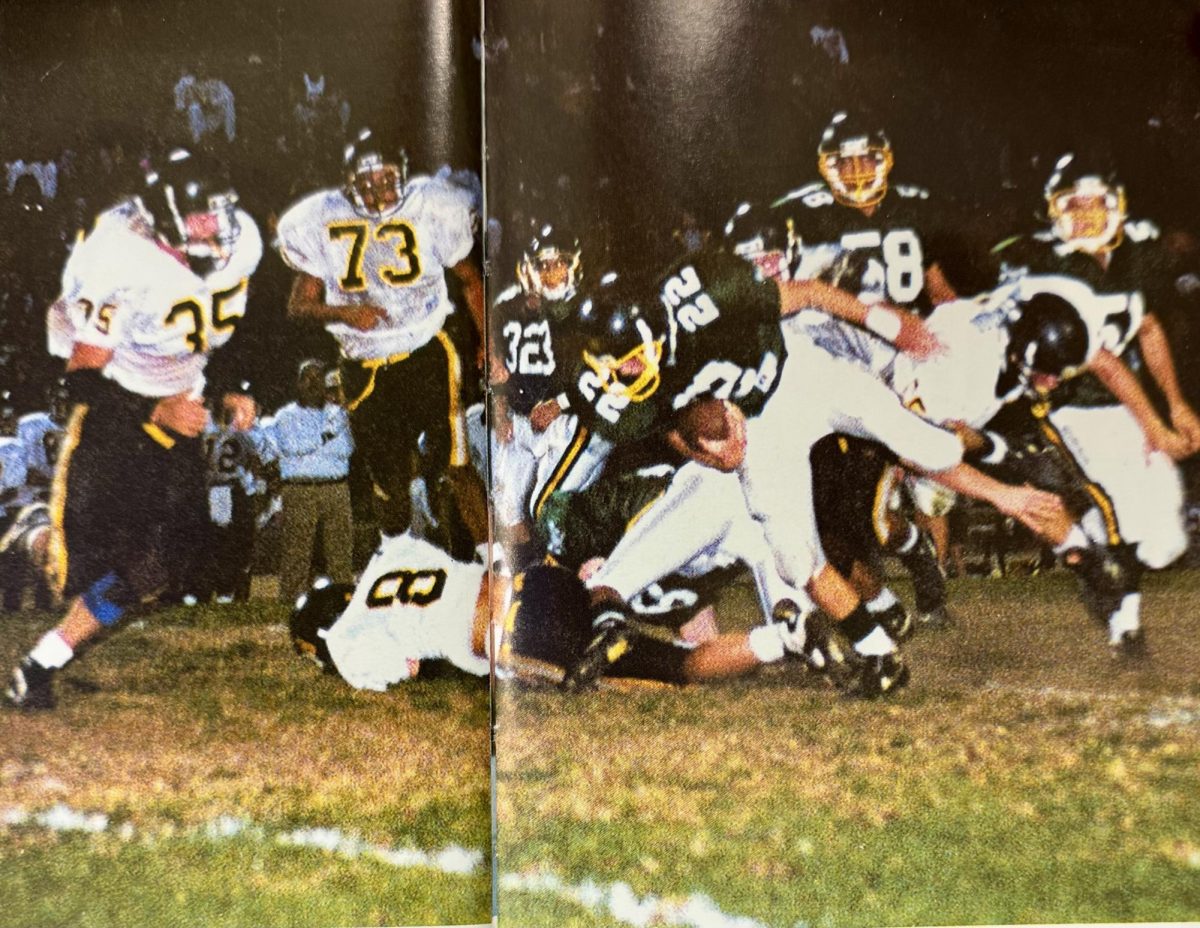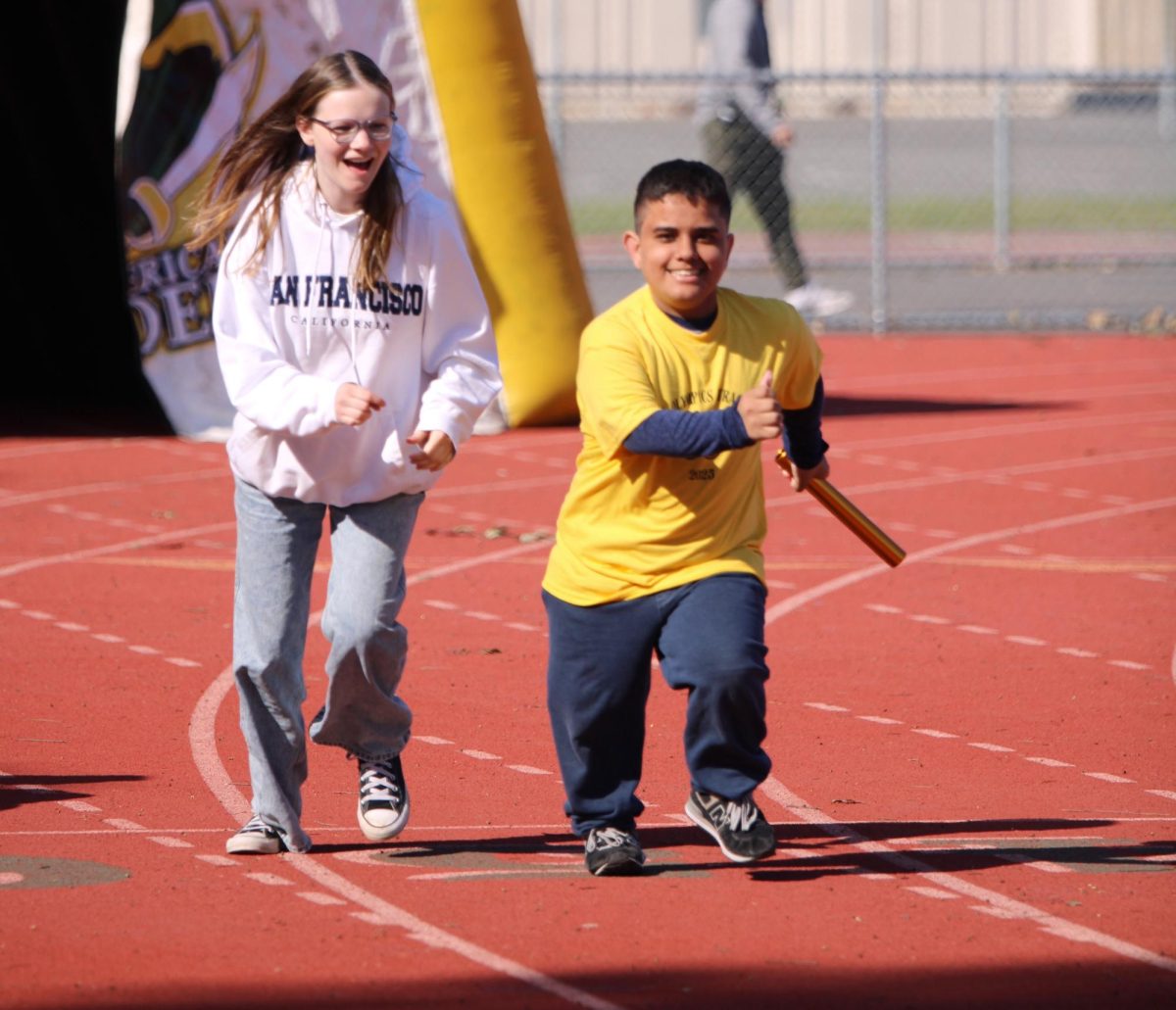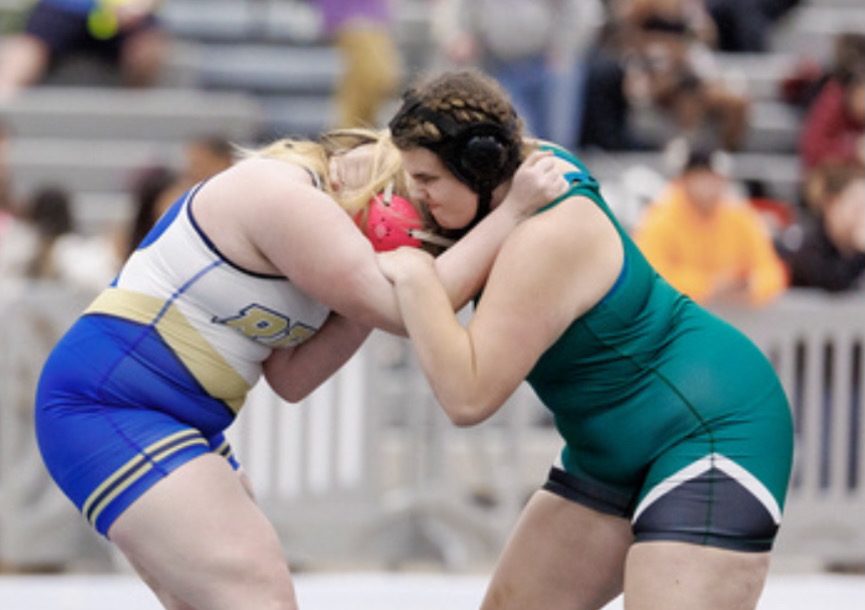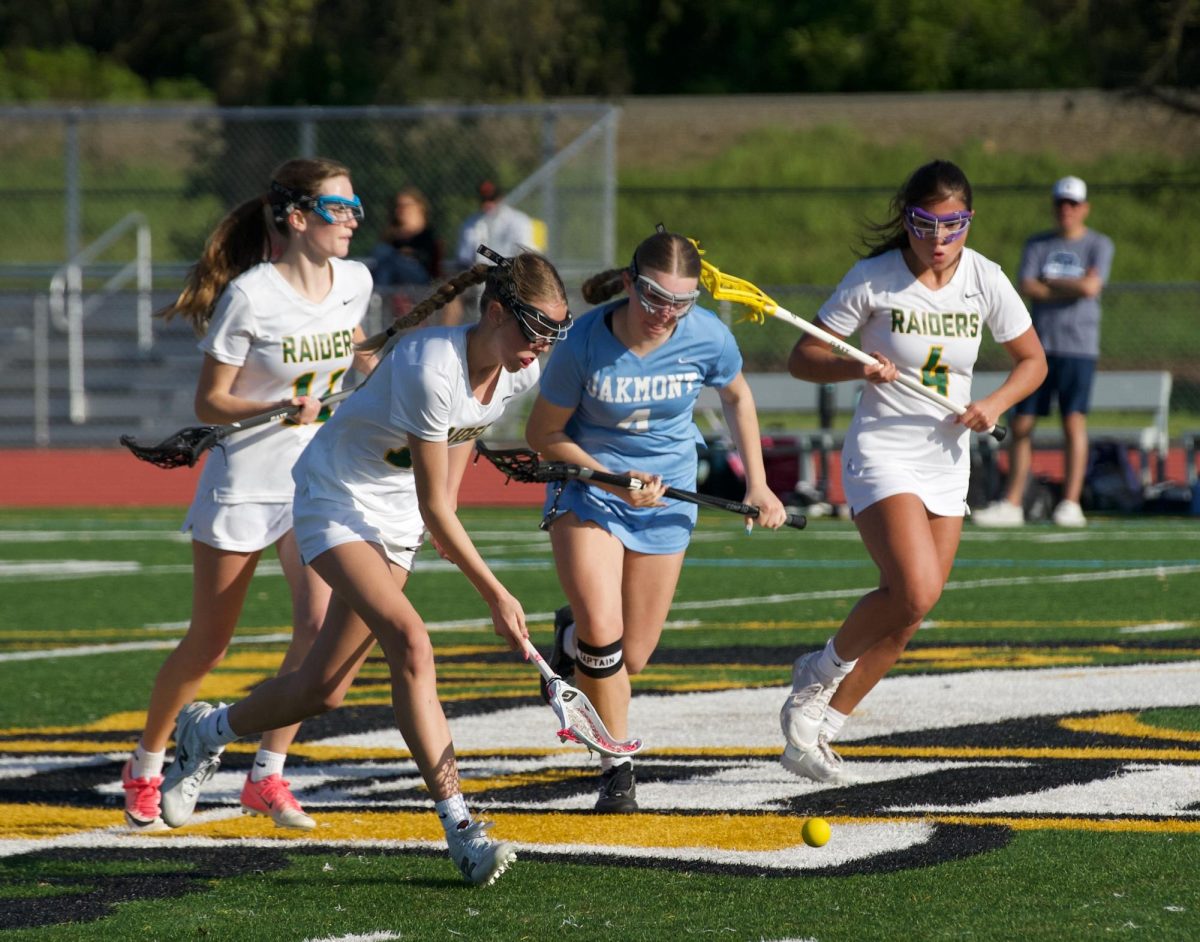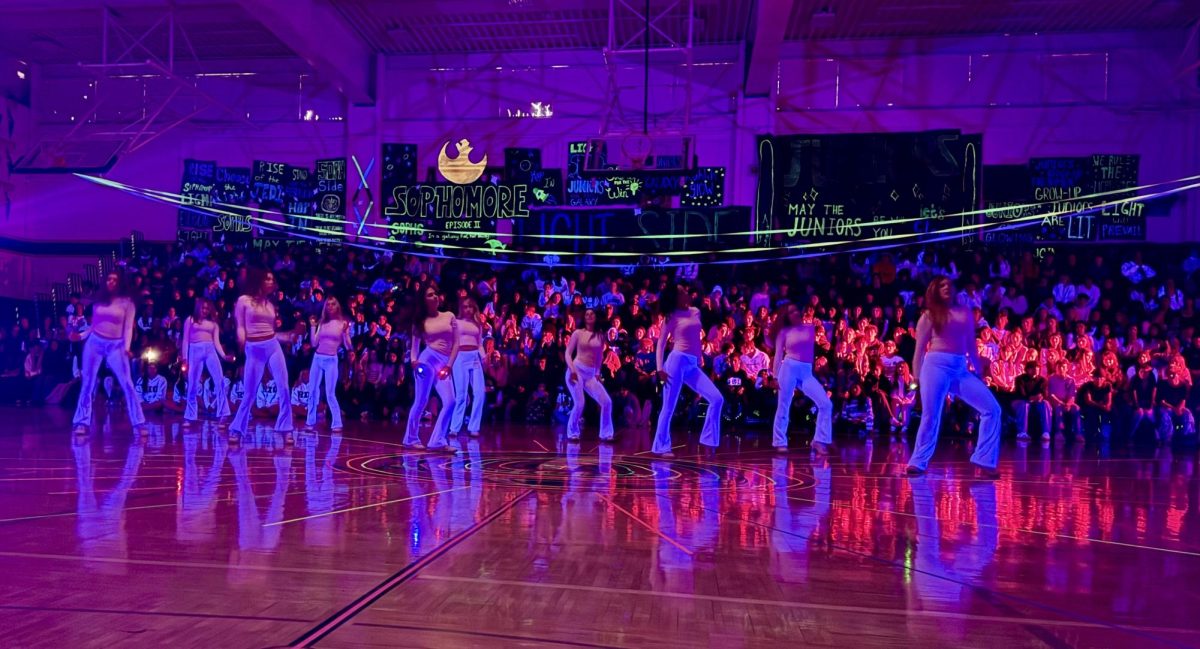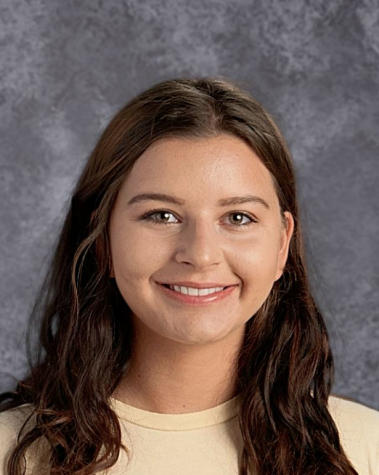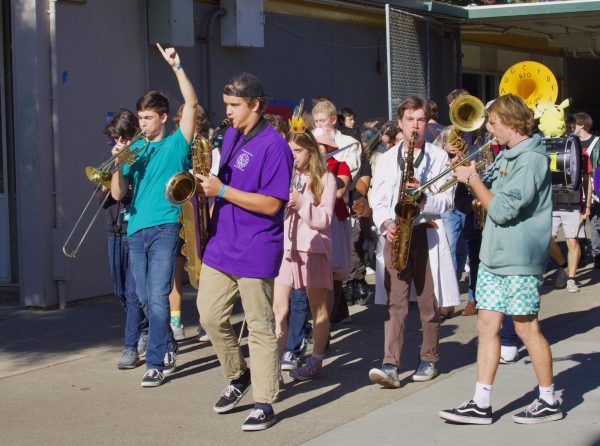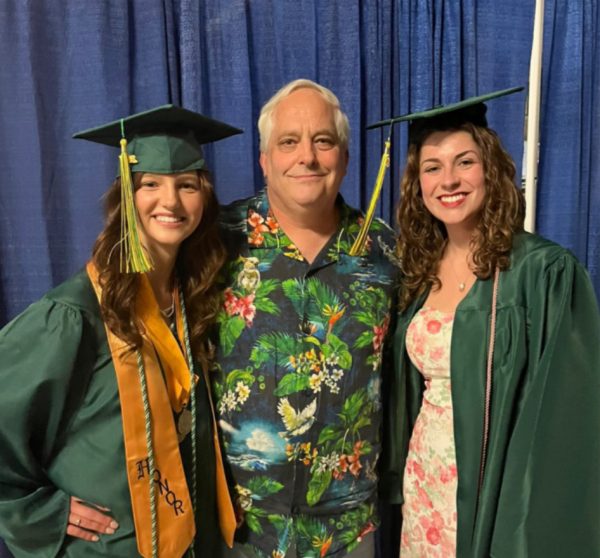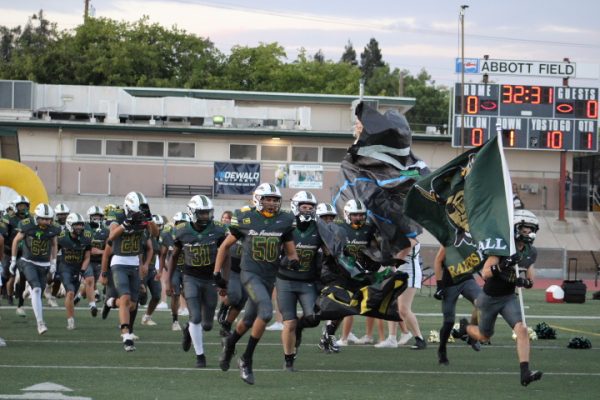Restorative Justice Makes a Comeback on Campus
Restorative Justice is being restored on campus.
After a tentative start two years ago, the program, which uses peer mediation and alternative discipline instead of usual school punishments, is becoming a regular part of campus life.
Sophomore Alec Sumner, a student leader in the Restorative Justice program, explained that sometimes kids commit offenses in class that don’t require punishment like a Saturday school or detention.
“Obviously if it’s something huge like drugs or fighting, that goes to the VP’s office,” said Sumner. “If it’s something little like a dress code violation, cell phone usage in class, or a disruption of the class, then we get those kinds of cases.”
The idea is for student to be responsible their actions and learn from their mistakes in ways that traditional discipline does not teach.
Christopher Garcia, the teacher in charge of the Restorative Justice program said studies have shown that punitive discipline like suspension and detention is less effective in changing behavior than Restorative Justice programs that emphasize fostering mutual understanding, repairing harm and taking personal responsibility.
He recalled one cases that students in the program handled this year.
“The teacher felt like nothing ever really happened before, things were kind of swept under the rug,” he said. “It was the first time the student had to actually acknowledge what he had done and then go back and own up to what he had done.”
With these cases restorative practice that is proportional to the offense and is intended to get to the root of the problem is given to the student. A restorative practice can be writing an apology letter to the teacher or class.
To get a restorative practice as an option, the teacher has to write down “RP” on the slip that would typically say detention or Saturday school. Once a student chooses “RP” as the desired form of punishment, they will have a trial date set.
First the student will be escorted into D14, which is the official Restorative Justice room, where they will meet the tribunal.
“A tribunal is three people,” said Sumner. “We are the judges, but we are also the jury.” The tribunal is the panel of people who grant and vote on the restorative punishment after listening to the students side of the story.
In D14, the student will have a slide show presented to them to discuss what will happen during their trial. Once the slideshow is finished, the trial begins for real and the students present their case.
Over the past eight cases that have happened this year, this has been the same setup for each trial. This is also the first year that Restorative Justice hasn’t been a Civitas Senior project since the 2014-2015 school year.
Ben Davis is the president of Restorative Justice and in charge of revamping the program along with fellow students Sumner and sophomore Lauren Calcagno. Garcia watches over the program and allows for students every Wednesday come into his room for restorative justice meetings.
“We have on average 10 people coming to meetings,” said Calcagno.
If you are interested in making a difference on campus, Restorative Justice meetings are every Wednesday during lunch in room D14.
For more information on Restorative Justice visit restorativejustice.org

